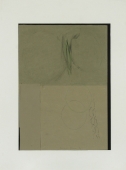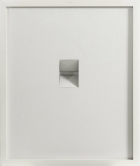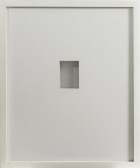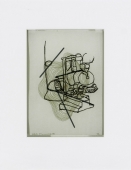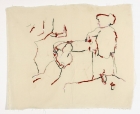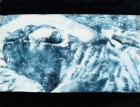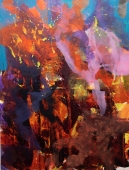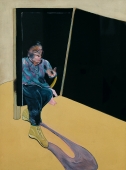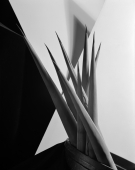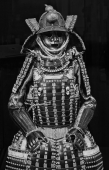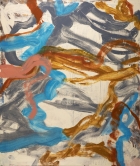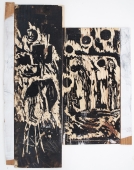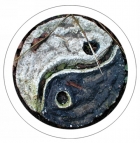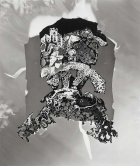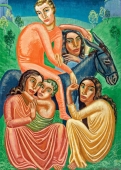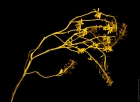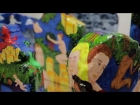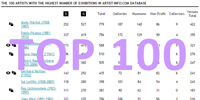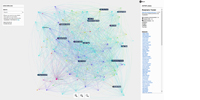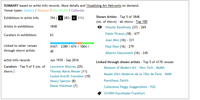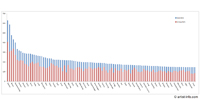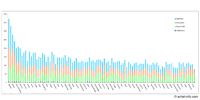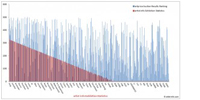This is Tomorrow (Revisited)
09 Sept 2010 – 06 March 2011, Whitechapel Gallery, London
Preface (Catalog)
Could we understand 20th century art, not only by looking at artists and tendencies —but by also examining those moments when the art met its public, that is through, the history of the exhibition?
Exhibitions can offer rare glimpses of both an aesthetic and a social milieu. The trappings of the exhibition – invitation cards, leaflets and most critically catalogues — embody an invaluable archival resource. They tell us not only about the scope of works on show, but who showed with whom, the graphic style of the day and styles of writing.
This book is a facsimile of a modest yet ground breaking exhibition catalogue first published in 1956 and out of print for over 50 years.
It is re-published on the occasion of a show that explores, through its archive, This is Tomorrow, a revolutionary group exhibition presented at the Whitechapel Gallery in 1956. The catalogue, as much as the exhibition, has become iconic, marking the beginning of a great new spirit, not only in British Art, but in the whole concept of Installation.
This archive exhibition presents significant material from the organisation of the show in 1956 as well as rare ephemera such as the installation photographs, architectural plans, newsreel footage and innovative posters.
The original catalogue was designed by the artist and designer Edward Wright (1912–1988). Wright fostered new approaches in his work refusing any split between art and design. His teaching in the areas of typography and graphic design was legendary most notably at the Central School, Chelsea School of Art and the Royal College of Art. The catalogue was edited by Theo Crosby (1925-1994) editor of Architectural Design, who proposed the Whitechapel Gallery as the ideal venue for This is Tomorrow.
The contributors to the exhibition formed 12 groups which each consisted of artists, architects, musicians and graphic designers. The groups worked independently for the development and production of their work but conceived the final display as one environment, suggesting a model of multi-disciplinary collaboration. In addition, this approach presented a challenge to the audience — the deliberate absence of interpretation panels meant that visitors had to make their own analysis and judgement.
For the catalogue each group was asked to submit a layout of their exhibit with an accompanying statement and a photograph of themselves. The result was a groundbreaking publication which through the innovative use of graphic design communicated their statements and ideas.
Three introductions were written respectively, by Laurence Alloway (1926-1990) art critic and curator of This is Tomorrow, Reyner Banham (1922-1988) architectural critic and David Lewis, poet and architect. The final section was devoted to advertising. This last section is significant in revealing how the media of the 1950s celebrated novel and mass produced products; how these were to influence all areas of life; and how the space of living played its part in architecture and the built environment as well as in the production of art.
The catalogue was priced at 5 shillings and the 1300 copies printed by Lund Humphries sold out immediately with a subsequent run of 1000 copies following suit. It has become a rare collector's item; the few copies that exist can be found in private and public collections and specialised libraries.
'This is Tomorrow gives a startling foretaste of the diversity and enormous range of the Art of the Future' Laurence Alloway wrote in the exhibition's press release. Robby the Robot from the film Forbidden Planet opened the exhibition, exemplifying the exhibition's commentary on the permeation of technology and mass culture in everyday life.
We would like to thank Fraser Muggeridge whose passion for This is Tomorrow, his experience of design and exceptional attention to detail have combined to reproduce this important publication in 2010. We are also indebted to all the original participants for having created a protean legacy that continues to inspire curators and practitioners — today and tomorrow.
Iwona Blazwick OBE, Director
Nayia Yiakoumaki, Archive Curator
Source: Catalog of 'This is Tomorrow' revisited, 2010, Whitechapel Gallery, London
1956 artist-info.com Exhibition Page
https://www.artist-info.com/exhibition/Whitechapel-Art-Gallery-Id327043
2010 artist-info.com Exhibition Page
https://www.artist-info.com/exhibition/Whitechapel-Art-Gallery-Id373212













